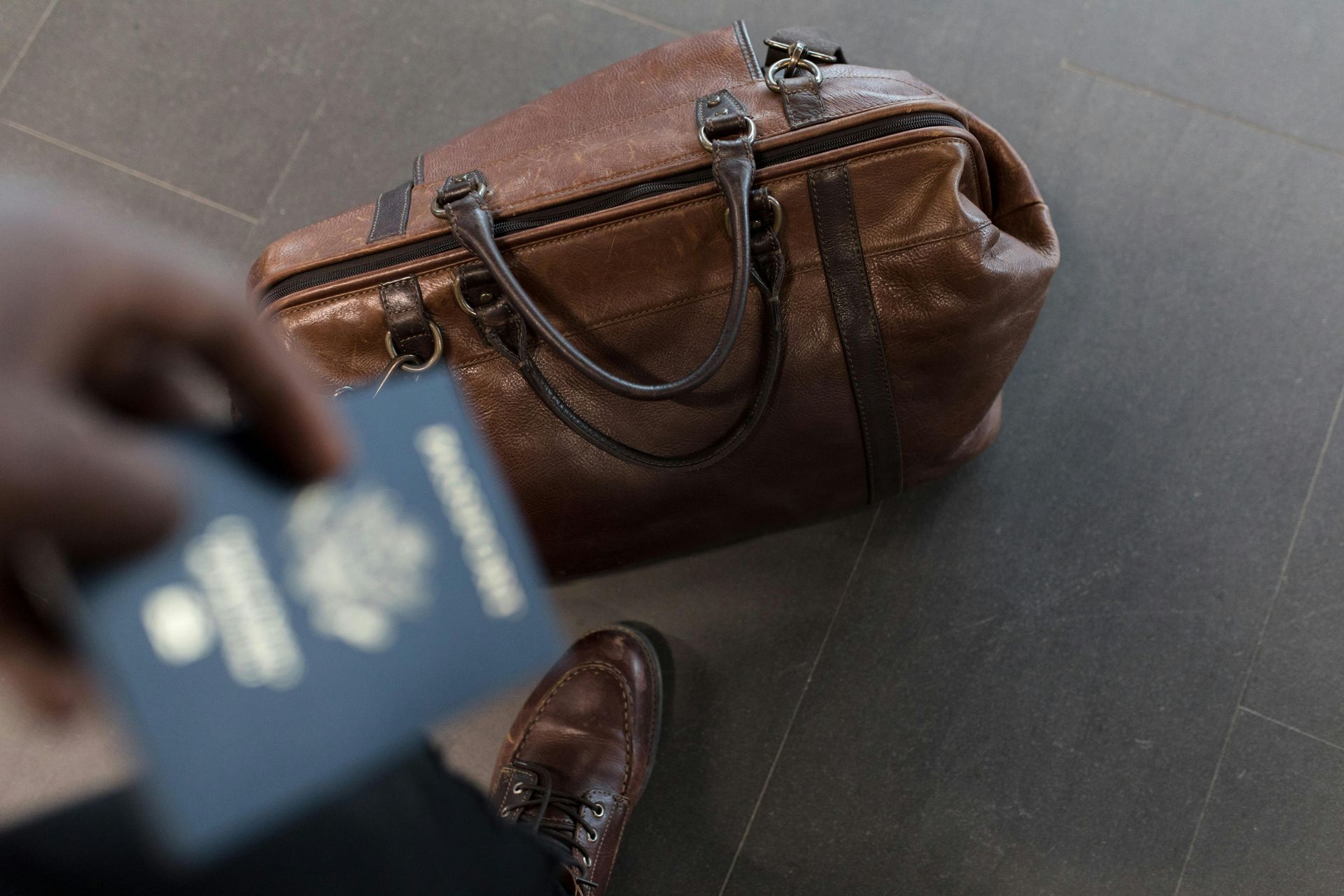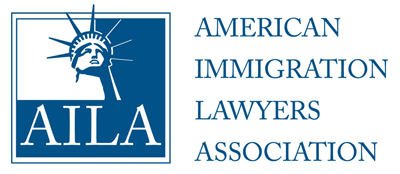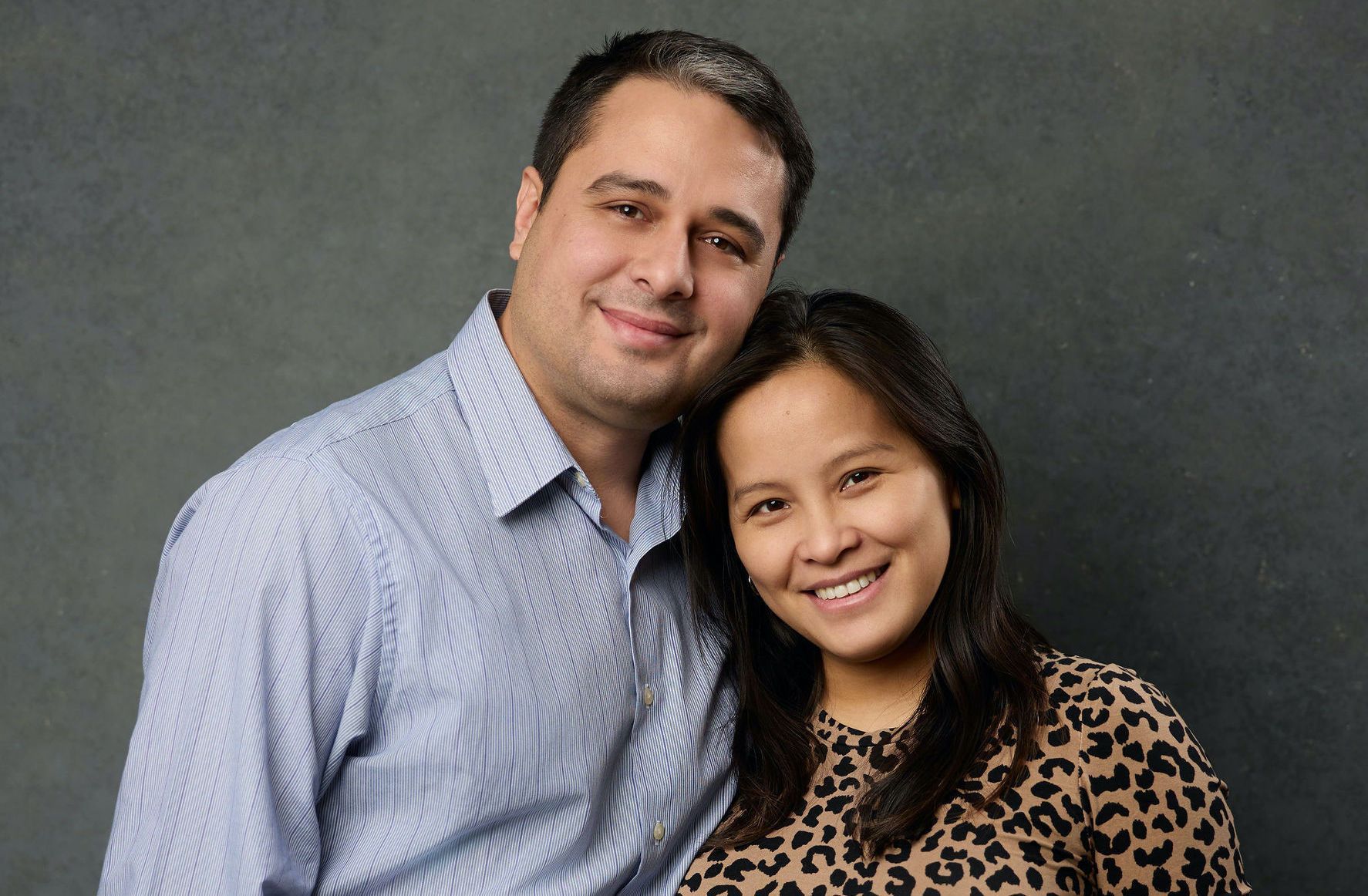Consular Processing in a Nutshell

The Consular Process is generally broken into 2 Steps:
- Step 1: Petition
- Step 2: Visa Application
This post will dive into a little detail regarding the steps, the agencies, and the common supporting documents.
Step 1: Petition
The Petition is the process in which the “Petitioner” asks the US Government to make an Immigrant Visa Available for the visa applicant. The Petitioner is always handled by the US Agency: USCIS
The Petitioner would have to show two main items: (1) the petitioner’s legal status in the US, which can be a US Document (i.e. US Passport, US Birth Certificate, US Consular Report of Birth Abroad Certificate, or US Naturalization Certificate, or Lawful permanent residence (i.e. Green Card or Immigrant Visa); and (2) Eligible Relationship, which can normally be: Spousal, Parent-Child, or Stepparent-Stepchild.
The Petition is generally the I-130, which can be completed electronically with USCIS.
By USCIS Approving the I-130 Petition, USCIS is saying that a Qualifying Applicant exists and the Visa may either be Immediately Available or Available after a 1-year-long to a 24-year-long waiting period.
Step 2: Visa Application
With the completion of Step 1, the Petition is then sent to the Second Agency, NVC or National Visa Center. The NVC would take charge of the following in the immigration process:
- Create the Consulate Case File for the Embassy/Consulate
- Invoice the appropriate fees
- Make the DS-260 Visa Application available and review such application once completed
- Require supporting documents be uploaded to their system and review every item uploaded
- Documentarily Qualify the filing, once everything is accepted and approved, and send the filing to the Third agency: DOS or Department of State Consular Division
- NVC also SCHEDULES the Embassy/Consulate Immigrant Visa Appointment
In Short, Step 2 of the Consular Process is handled by 2 Agencies: NVC and DOS
Can I Do Step 2 before Step 1?
No, the NVC will NOT accept your case UNTIL USCIS has processed the petition and established eligibility.
Can I ask for a Spousal IR Visa versus a Spousal CR Visa?
No, the difference between IR Visa and CR Visa is the length of the marriage at time of Immigrant Visa Interview. If the Marriage is LESS THAN 2 years old, then by law, the Visa MUST BE a CR Visa. If the marriage is over 2 years old at time of visa interview, the Visa MUST BE an IR Visa.
This difference is important since a CR Visa creates a 2-year Green Card and an IR Visa creates a 10-year Green Card.
Where can I find the Processing Time for the I-130?
USCIS Processing Times can be located here: https://egov.uscis.gov/processing-times/#mainContent
Where can I see the NVC Processing Time for the DS-260?
The NVC processing time estimates can be seen here: https://travel.state.gov/content/travel/en/us-visas/immigrate/nvc-timeframes.html
“Case Creation” means how long it would take for the NVC to create the case AFTER Receiving the I-130 File from USCIS.
“Case Review” means how long it would take for the NVC to review the filing AFTER everything has been paid and submitted.
“Public Inquiry” means how long it would take for an NVC Officer to respond to any inquiry. This timeline is not ideal if you are asking for a “Case Status.” NVC may automatically respond with a message that is a case is pending, then the status is “pending.” They may also state to check processing times on their website, as they are unlikely to respond to questions like: How long is it going to take? This inquiry is ideal for changing Embassy/Consulate locations or keeping 1-year communications, to keep the filing open in the NVC system for more than 1 year.
If you require assistance with the immigration process, please consider contacting our office to set up a consultation with our Immigration Attorney.
Related Blog Posts:
Disclaimer: This Blog is made available by the lawyer or law firm publisher for educational purposes only as well as to give you general information and a general understanding of the law, not to provide specific legal advice. By using this blog site you understand that there is no attorney-client relationship between you and the Blog/Web Site publisher. The Blog should not be used as a substitute for competent legal advice from a licensed professional attorney in your state.
The post Consular Processing in a Nutshell appeared first on Fickey Martinez Law Firm.












